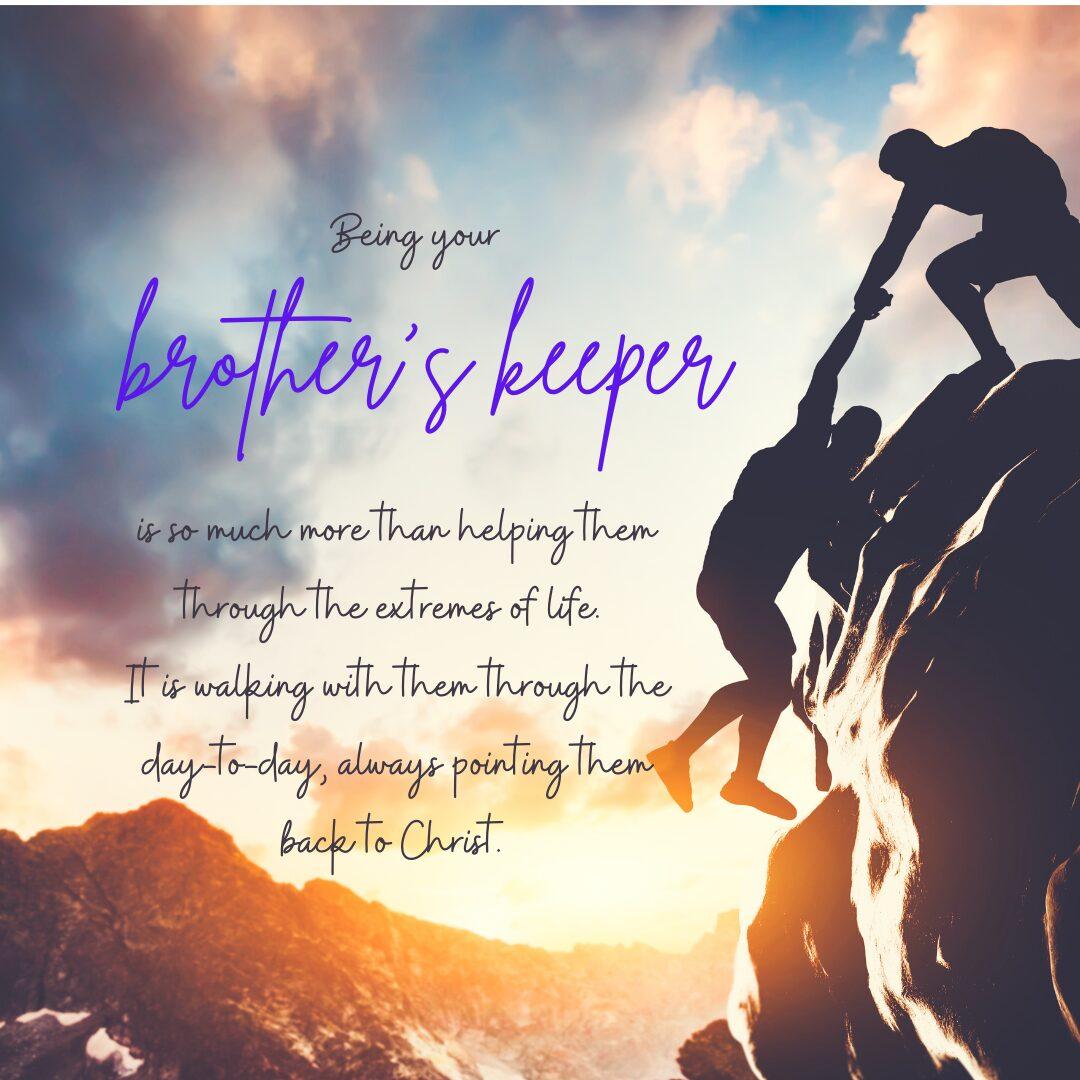“Travel makes one modest. You see what a tiny place you occupy in the world.”
— Gustave Flaubert
(Part 1 of 2)
THINKING of coming home for a visit?
Many would if they could, especially retirees, who now have the time and the resources and in many cases, still in good health. Travel requires one to still have the ability to move around, drag and heft 2 pieces of 50-pound luggage and carry-on pieces. If unable to do so, there are always baggage handlers that can be tipped generously to help you.
Well, why not? In good times and bad, there’s no Christmas quite like a Philippine Christmas.
In the best scenarios, a 3 week- whirlwind trip to the Philippines is what most Filipino expatriates living and working in the US or elsewhere in the world can shoot for. Aside from putting together the somewhat hefty logistical requirements (translation: money, whether in cash, debit cards or “kaskas” meaning credit cards), one truly needs to be a proactive tactician in mapping out how a Philippine trip pans out. So move over, Marco Polo. This is one of the ways it’s done, Pinoy style.
How do you make a Philippine trip memorable? For the jaded traveler who routinely goes back and forth several times a year, either for business purposes or as a jet setting lifestyle choice, the question is moot and academic.
But for the majority of expatriates who can only go on rare occasions because of personal circumstances affecting finances, workloads or family responsibilities, an expensive transcontinental time-out such as this merits thought — lots of it.
A Philippine trip should result in a treasure trove of feel-good experiences and ultimately, golden memories — that make the journey worth all the effort and time spent in excruciating detail, worth all of the expense and maybe, more importantly, worth every nanosecond of one’s hurried and harried expatriate life. The trip must be so good that it must be worth doing it all over again.
There’s much to see and do, remembering all too well that we lose a day going there which we regain on the return trip. We have to make allowances for the effects of jet lag to settle in. How does one get the best homecoming experiences? In a word, PLANNING.
Know that well-meaning friends and relatives already have first dibs on your limited time. So map out your itinerary (the places and experiences that you must see and do that are on the top rung of your priority list) and itemize your to-do list in detail, way in advance with the proviso that you must be open and flexible in your schedule.
The fine art of travel is remembering that an itinerary is just a guide and not necessarily etched in stone. If need be, you must be able to revise on the fly when the occasion calls for it.
Going on a trip is like any other project. It needs a blueprint. It involves the mind-body-spirit connection. You have to be physically fit and mentally agile. Consult your doctor before going on a regular exercise and diet routine a month before leaving.
Your immune system will be severely taxed, so a word to the wise — wash your hands often with a sanitizer you keep with you at all times in your travel purse. Get your flu shot. It’s no guarantee but your layer of protection is better. Whether it was just the placebo effect or not, as some dubious studies claim, I can swear by the efficacy of Airborne effervescent tablets. Airborne, after all, seems just Vitamin C pumped up to the max and sold with a good, homey storyline. Do what works for you. Your immune system should be braced for the assault on your body particularly in self-contained, confined spaces like airplanes and waiting rooms where air is re-circulated.
No one is totally immune from the cold and flu virus, so be on the defensive. If at all possible, stay away from the obviously afflicted. If you yourself are down for the count, then isolate yourself. And for heaven’s sake, wear a mask. Hydrate always, well, maybe not during the 16-hour direct plane trip when holding your water in your bladder can be tricky.
You estimate and gather the money required. Fudge the figure twice as much and be warned. Your money will be as fluid as water gushing out of a broken water main. Have one or two credit cards with you for backup and call the 800 number and give them a heads-up to let them know that you will be in the country during a particular period. Fraud units of credit card companies study your spending patterns and much to your dismay, may put a hold on your credit card transaction if it registers you are buying far away from your place of residence. You will end up calling their number to prove your identity, which is not an 800 number, and for which you will pay for the long distance call.
Make sure you bring dollars in near-mint condition because shopping mall moneychangers will refuse old, tattered currency with cuts or writing. A lot of non-mall shopping transactions will be in cash, so be prepared to bring cash on your person or in a zippered, discrete purse you keep with you at all times.
Vigilance is the key when out in public. Thieves have trained eyes and can home in on a hapless victim. Keep your purse on the side of your body where your shopping companion walks. Beware of distractions and scripted street dramas designed to keep you off guard.
(To be continued in next week’s issue…)
***
Nota Bene: Monette Adeva Maglaya is SVP of Asian Journal Publications, Inc. To send comments, e-mail [email protected]


